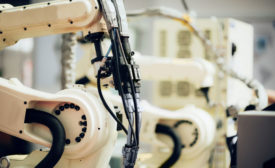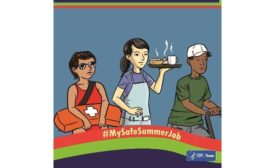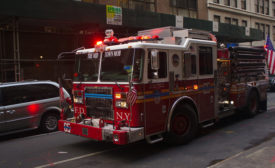From the NIOSH Director's Desk
Articles by Dr. John Howard
A NIOSH Science Blog post
Artificial Intelligence: Implications for the future of work
August 26, 2019
From the NIOSH Director’s Desk:
Using occupational exposure banding to assess chemicals hazards in the workplace
Someone once said, “A little knowledge is a dangerous thing. So is a lot.”
August 2, 2019
From the NIOSH Director's desk
My Safe Summer Job – It takes teamwork
What was your first summer job?
July 10, 2019
A NIOSH Science Blog post
Medication-assisted treatment for opioid use disorder
May 29, 2019
From the NIOSH Director's desk:
NIOSH Prevention through Design (PtD) update
April 5, 2019
From the NIOSH Director's desk
NIOSH shows its love for PPE by asking, “How clean is clean?”
February 5, 2019
Become a Leader in Safety Culture
Build your knowledge with ISHN, covering key safety, health and industrial hygiene news, products, and trends.
JOIN TODAYCopyright ©2025. All Rights Reserved BNP Media.
Design, CMS, Hosting & Web Development :: ePublishing




